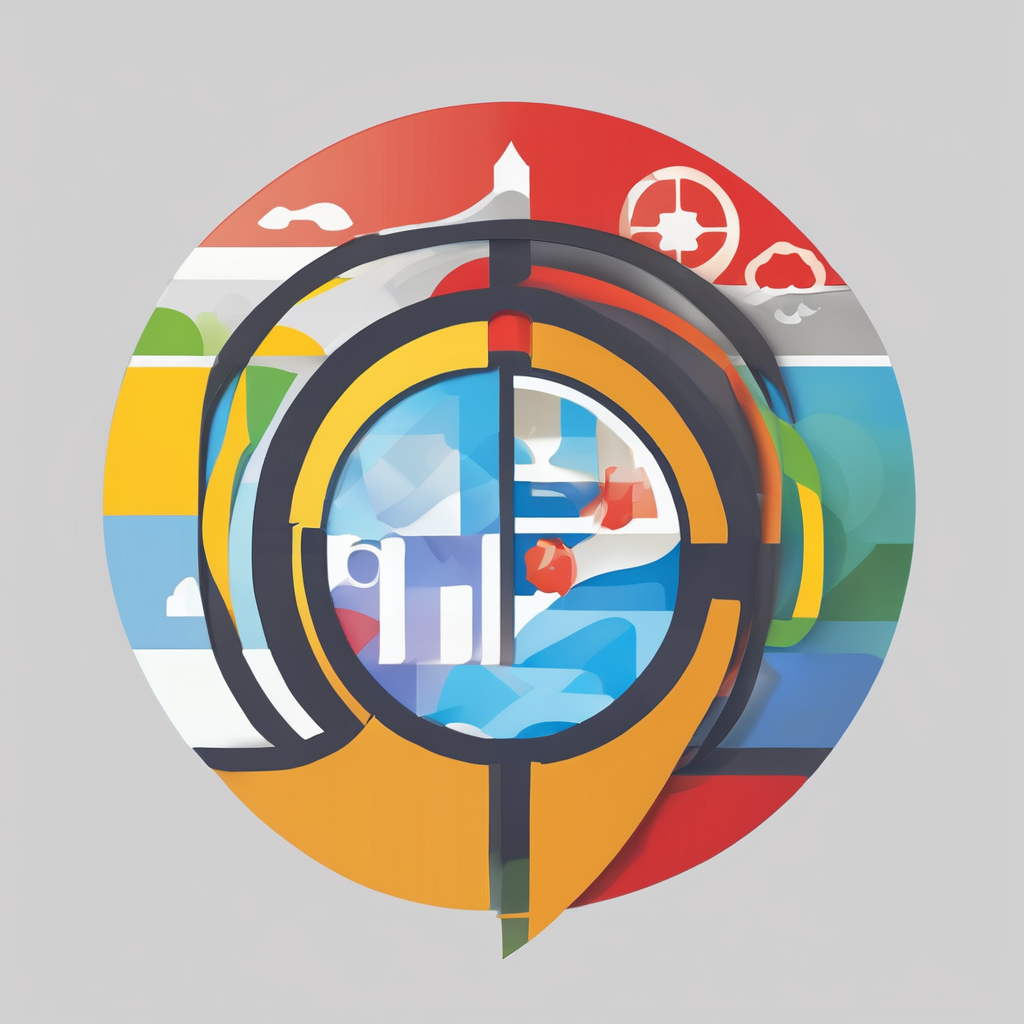Overview of Communication Evolution
Communication has undergone a profound transformation throughout history, reflecting the evolution of human interaction. Historically, face-to-face conversations formed the bedrock of communication, enabling immediate feedback and emotional nuance. Written communication later expanded the reach of ideas, though it was slower and often less interactive.
With the digital era’s dawn, connectivity accelerated dramatically. The shift from traditional to modern communication introduced instant messaging, emails, and video calls, bridging vast distances in real time. This transition marks one of the most significant milestones in human communication.
Also to discover : What impact does UK technology have on global sustainability?
Key moments include the invention of the printing press, which democratized written communication, the telegraph, which initiated rapid long-distance contact, and finally the internet, which ushered in an age of instant global connectivity. These milestones collectively highlight how the historical communication landscape evolved from local, tangible interactions to global, digital exchanges.
Understanding these changes clarifies how modern technology influences not just the frequency but the quality and style of interactions. This broader perspective helps contextualize current communication trends between traditional and modern forms, helping us appreciate the complexity of today’s social exchanges.
Also to see : How Will Emerging Technologies Shape the Future of UK Tech Industries?
Overview of Communication Evolution
Communication has undergone a profound transformation from historical communication methods to today’s digital age. Traditionally, human interaction heavily relied on face-to-face encounters and handwritten messages. In societies where oral storytelling and letter writing were the norms, communication was slower, more deliberate, and often deeply personal. These traditional forms gave people time to reflect and crafted richer, more meaningful exchanges.
With the advent of the digital era, however, the evolution of human interaction shifted dramatically. The rise of instant connectivity introduced tools like email and chat platforms that made communication faster and more accessible worldwide—bridging geographical and cultural gaps. This shift marked a key milestone, as it redefined how humans maintain relationships and share information.
Comparing traditional vs modern communication, the pace and style have evolved: from long letters to brief text messages. Today, interactions are more frequent but often shorter and less formal. This evolution reflects society’s growing demand for immediacy but also challenges us to preserve depth and sincerity in our conversations. Understanding these shifts helps frame the broader narrative of how humans connect today.
Major Technologies Transforming Social Interaction
Technology has deeply reshaped how we connect, with smartphones becoming central to everyday communication. These devices allow constant access to messaging apps, enabling real-time conversations that surpass limitations of traditional communication. Unlike the slower pace of historical communication, instant text, voice, and video messaging now dominate interactions.
The rise of digital platforms and social networks has broadened social circles beyond local environments. People connect with friends, family, and communities worldwide, expanding social engagement far beyond face-to-face or written correspondence. This shift illustrates the evolution of human interaction into a dynamic digital exchange.
Messaging apps foster more spontaneous and frequent contact, contrasting with historical communication’s more deliberate style. Social media networks amplify this by enabling not only one-on-one chats but also group discussions and public sharing.
Together, smartphones, messaging apps, and digital platforms have transformed social habits, making communication more immediate and comprehensive. This technological triad reflects the ongoing tension between the richness of traditional exchanges and the speed and scale offered by modern communication tools.
Major Technologies Transforming Social Interaction
Exploring how key devices and platforms reshape our communication habits
Smartphones have revolutionized daily communication, acting as pocket-sized hubs that integrate calls, texts, internet, and multimedia. Their ubiquity means people stay constantly connected, blurring lines between work and social life. Smartphones enable immediate access to messaging apps, which support real-time conversation beyond traditional calls or SMS, facilitating richer exchanges through multimedia sharing and group chats.
Messaging apps like WhatsApp, Telegram, and iMessage have expanded the scope of social communication. They provide instant, convenient dialogues that replace or complement face-to-face interactions. These apps often include encryption and various media formats, enhancing privacy and expressiveness in conversations.
Social media platforms such as Facebook, Instagram, and Twitter serve as digital platforms where users maintain and expand their social circles. They allow sharing of updates, photos, and opinions with large audiences, fostering communities around shared interests. This connectivity creates new interaction dynamics, blending public and private communication in ways unprecedented in historical communication.
Together, smartphones, messaging apps, and social media form interconnected tools that shape modern social interaction, offering both convenience and complex challenges in managing relationships in the digital age.
Positive Impacts on Relationships and Community
Technology has greatly enhanced connectivity, allowing people to maintain close relationships despite physical distances. Through digital platforms, individuals connect instantly, creating bridges where historical communication once faced delays. This global communication ability supports families, friends, and colleagues in real-time, reducing the barriers imposed by geography.
Digital communities serve as vital spaces where people with shared interests find support and collaboration. These online networks foster relationship-building beyond traditional boundaries, promoting inclusivity and shared identity. For example, support groups spread across continents enable members to exchange advice and empathy, strengthening emotional bonds regardless of location.
Moreover, the rise of messaging apps and social media has increased opportunities for collaboration and collective action. From organizing events to raising awareness, digital communities empower individuals to contribute meaningfully, demonstrating the positive potential of evolving human interaction.
In summary, these technological advances reshape how relationships and community networks form and thrive. They extend historical communication’s intent—connecting people—to unprecedented scales and speeds, thereby enriching social experience and cooperation worldwide.
Positive Impacts on Relationships and Community
The rise of enhanced connectivity through smartphones, messaging apps, and social media has fundamentally changed global communication. People can now effortlessly maintain relationships regardless of distance, allowing families and friends to stay in close contact across continents. This constant connection supports more frequent, meaningful exchanges, strengthening bonds despite physical separation.
Moreover, digital communities have emerged as powerful platforms where individuals with shared interests and experiences come together. These online spaces foster relationship-building by providing support networks not limited by geographic boundaries. For example, niche groups focused on hobbies, health issues, or professional development enable collaboration and mutual encouragement, enriching social lives.
The effects extend beyond personal ties—technology facilitates opportunities for collective action and cooperation. Virtual meetings and groups on digital platforms allow people to work together on projects or causes, enhancing social cohesion and purpose.
This transformation shows how modern communication tools offer new ways to cultivate relationships and community. By supporting constant, flexible interaction, they help overcome traditional barriers, fostering inclusive social networks that thrive in today’s digital age.
Challenges and Downsides of Technology in Social Interaction
Despite many benefits, technology poses challenges affecting social skills decline and mental health. Excessive reliance on smartphones and messaging apps can reduce opportunities for face-to-face interaction, which are vital for developing empathy and reading nonverbal cues. This decline in traditional social skills may weaken the quality of human interaction over time.
Isolation is another concern. Paradoxically, while digital platforms enable broad connectivity, some individuals experience loneliness due to superficial online contacts replacing in-person relationships. Overuse of social media can intensify feelings of exclusion or anxiety, further impacting mental well-being.
Digital addiction exacerbates these effects. Constant notifications and pressure to respond immediately fragment attention and undermine concentration. This persistent connectivity often leads to stress and reduced ability to engage fully in offline settings.
Experts emphasize the importance of balancing technology use with real-world engagement to safeguard emotional health. Encouraging mindful tech habits and preserving moments for genuine social encounters can help mitigate the negative impacts of this evolving digital landscape.
Challenges and Downsides of Technology in Social Interaction
The evolution of human interaction through technology brings notable challenges, particularly concerning social skills decline and emotional connection. As digital platforms dominate communication, many people experience reduced face-to-face engagement that historically fostered empathy and nuanced understanding. This shift raises concerns about the weakening of essential interpersonal abilities cultivated through traditional communication.
Moreover, constant online presence can increase feelings of isolation despite apparent connectivity. Paradoxically, digital interactions may replace in-person contact, limiting depth in relationships. The saturation of messaging apps and social media can lead to superficial exchanges, diminishing meaningful, reflective dialogue characteristic of earlier communication forms.
Digital addiction further complicates this landscape. The need for continuous stimulation through instant messaging and social feeds often disrupts attention spans and increases stress. Mental health issues, such as anxiety and depression, have been linked to excessive screen time and decreased real-world social interaction.
Understanding these downsides is critical to balance technology use. While digital tools offer immense benefits, recognizing their impact on traditional communication skills and emotional well-being can guide healthier, more mindful interaction habits.
Changing Patterns in Communication Frequency and Type
Modern communication trends reveal a marked increase in the frequency of interaction, driven largely by digital technology’s convenience. Unlike historical communication which favored lengthier in-person or written exchanges, today’s interactions are shorter but more frequent. This shift reflects society’s growing appetite for immediate responses and quick updates.
The rise of online vs offline communication sees a preference for instant messaging over traditional conversation. People increasingly use chats and texts for rapid exchanges rather than deep, sustained discussions. Although this promotes connectivity, it often sacrifices conversational depth and emotional nuance.
Differences in public vs private communication channels also stand out. Social media encourages public sharing and broadcasting, while messaging apps foster more intimate, private dialogues. This duality shapes how individuals manage their social identities, balancing openness with selective privacy.
Overall, these evolving communication trends highlight a move from deliberate, time-intensive interactions to agile, bite-sized communications. While this allows for constant engagement and social presence, it also challenges users to maintain meaningful connection amid brevity. Understanding these patterns helps frame how people adapt their communication styles between traditional vs modern communication.
Overview of Communication Evolution
The evolution of human interaction reveals a significant shift from historical communication rooted in face-to-face and written exchanges to the digital age. In the past, traditional communication relied heavily on in-person conversations, where verbal cues and body language enriched understanding. Written communication, such as letters, served as a lasting record but lacked immediacy, often requiring thoughtful, deliberate expression.
The arrival of the digital era introduced a dramatic change with the rise of instant connectivity. Tools like emails and instant messaging shortened response times, allowing conversations to happen in real time. This shift accelerated communication frequency, fundamentally transforming social habits.
Several key milestones shaped this transition: the printing press popularized literacy and knowledge sharing; the telegraph introduced rapid long-distance messaging; and the internet enabled global, instantaneous interaction. Collectively, these innovations mark a continuum from localized, deliberate exchanges toward fast-paced, widespread communication forms.
Understanding traditional vs modern communication highlights differences in style and depth. While the past emphasized reflective dialogue, today’s interactions prioritize speed and convenience. This acknowledgement helps explain current communication trends while valuing the richness of earlier human connections.







